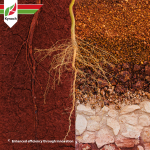
Unlocking Soil-Plant Interaction: Boost Crop Growth with Enhanced Fertilisation Strategies
09/10/2024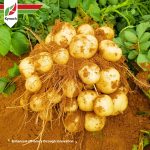
Adding Value on the Farm – Nutrient Use Efficiency (NUE) Increases ROI for Western Cape Potatoes
16/10/2024Best Practices for Dryland Maize and Soybean Cultivation
Compiled by: Etienne Bruwer, Ruan Gagiano, and Renier Bothma, Agronomists at Kynoch
Dryland agriculture, where crops rely on natural rainfall instead of irrigation, demands meticulous soil management and precise nutrient strategies—particularly for maize and soybean production. A critical framework to achieve optimal yields is the 4Rs of nutrient management: applying the right source, at the right rate, at the right time, and in the right place. Additionally, managing soil compaction—a prevalent issue in dryland systems—is essential to ensure sustainable crop performance.
The 4Rs of Nutrient Management
-
Right Source
Selecting the appropriate fertiliser type is vital for maximising nutrient efficiency. Maize thrives with nitrogen-rich fertilisers, whereas soybeans—being nitrogen-fixing crops—require sufficient phosphorus and potassium to reach their full potential.
For Maize: Nitrogen-based fertilisers, such as coated urea, are recommended for their ability to minimise nutrient losses due to volatilisation.
For Soybeans: Phosphorus and potassium applications are essential for promoting robust growth. Additionally, inoculants can enhance nitrogen fixation, which plays a key role in supporting plant health and productivity.
-
Right Rate
The fertiliser application rate should be based on soil test results to address nutrient deficiencies effectively.
For Maize: Fertiliser quantities must be adjusted according to soil test data, historical yield patterns, and projected rainfall.
For Soybeans: Although soybeans require less nitrogen due to biological fixation, soil analysis should inform the optimal application of phosphorus and potassium to support growth and yield.
-
Right Time
Applying fertiliser at the appropriate time is particularly important in dryland systems, where water availability may vary.
For Maize: Split nitrogen applications—first at planting and later during key growth stages—ensure that nutrients are available when the plant needs them most, maximising uptake efficiency.
For Soybeans: Fertiliser should ideally be applied before or early in the growing season to ensure that roots can access nutrients crucial for establishment and development.
-
Right Place
Correct placement of fertiliser minimises nutrient loss and ensures efficient delivery to the root zone.
For Maize: Placing fertiliser close to the roots reduces losses from volatilisation or runoff, especially under dry conditions.
For Soybeans: Phosphorus and potassium should be positioned near the roots to ensure these essential nutrients are readily available as the plant matures.
Addressing Soil Compaction
Soil compaction poses a significant challenge in dryland systems, as it limits root penetration, impedes water infiltration, and reduces airflow in the soil profile. Managing compaction effectively is critical for improving water uptake and maintaining optimal yields.
Strategies to Prevent and Mitigate Soil Compaction
- Reduce Tillage: Minimising tillage preserves soil structure, facilitating water retention and promoting healthy root growth.
- Implement Cover Crops: Deep-rooted cover crops such as radishes naturally break up compacted layers while improving water infiltration and moisture conservation.
- Adopt Controlled Traffic Farming (CTF): Restricting machinery to specific paths prevents widespread compaction, allowing better root development in non-compacted zones.
- Subsoiling: In severe cases, subsoiling can help fracture compacted layers; however, this practice must be applied cautiously to avoid disrupting the soil’s moisture-holding capacity.
- Incorporate Organic Matter: Adding organic material, such as crop residues or compost, enhances soil structure and reduces compaction. Organic matter also improves the soil’s water-holding capacity, which is especially beneficial in dryland systems.
Conclusion
Achieving high yields in dryland maize and soybean production requires a dual focus on nutrient management and soil health. By applying the 4Rs—right source, rate, timing, and placement—farmers can optimise fertiliser efficiency. At the same time, managing soil compaction through reduced tillage, cover crops, and organic matter enrichment enhances soil resilience, ensuring sustained productivity under challenging environmental conditions.
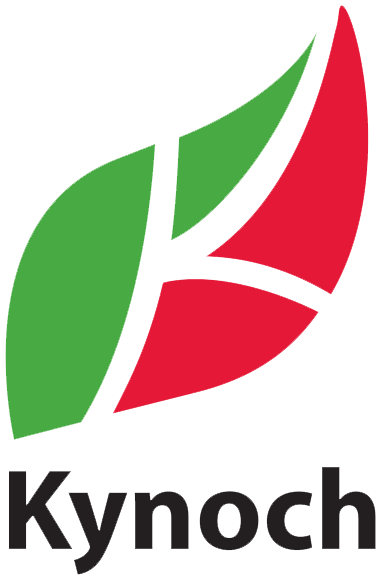

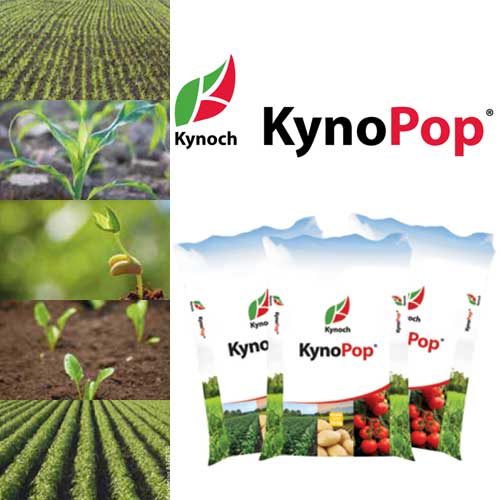
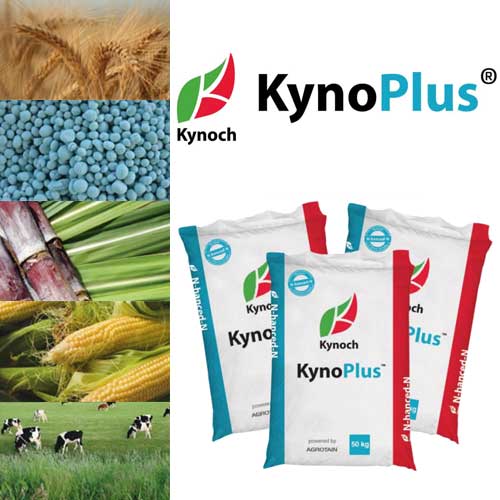


.png?v=1594369838025?v=1594369838026)